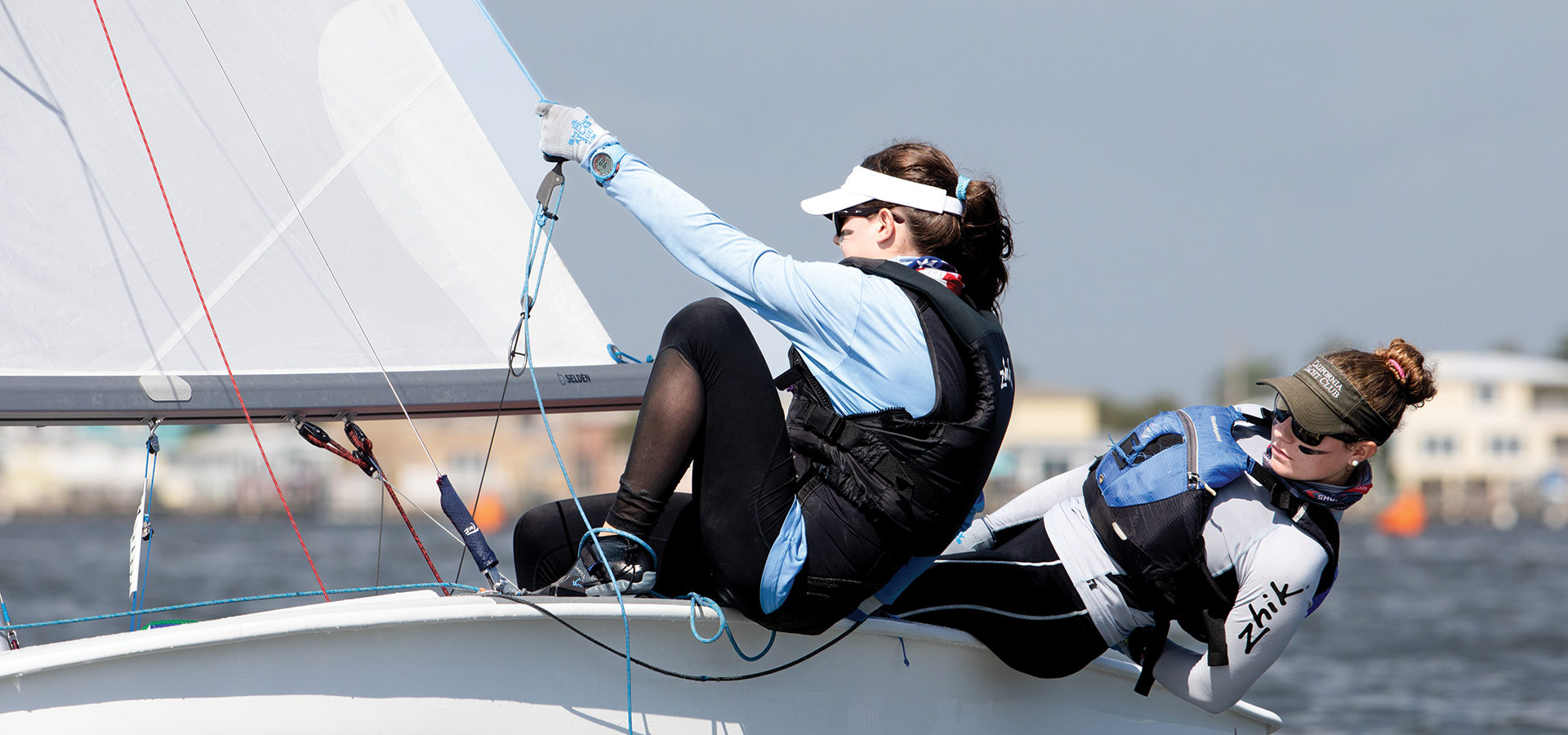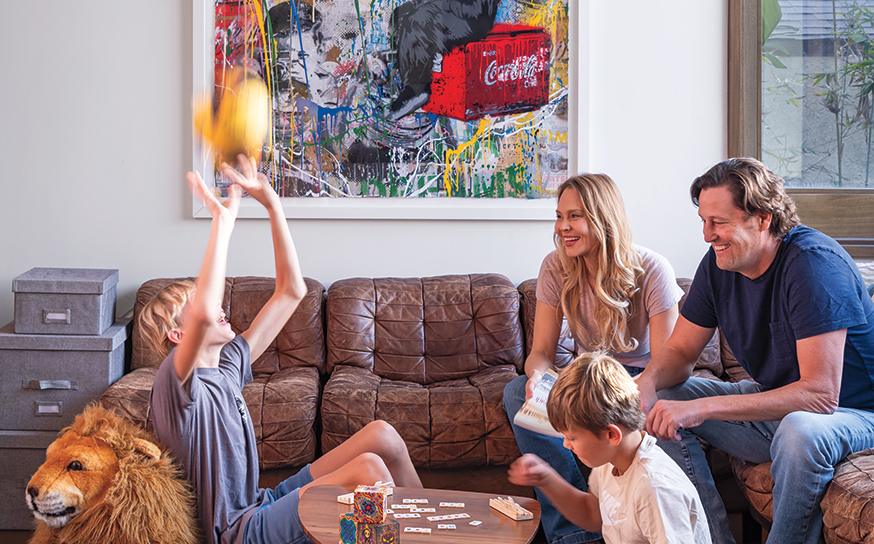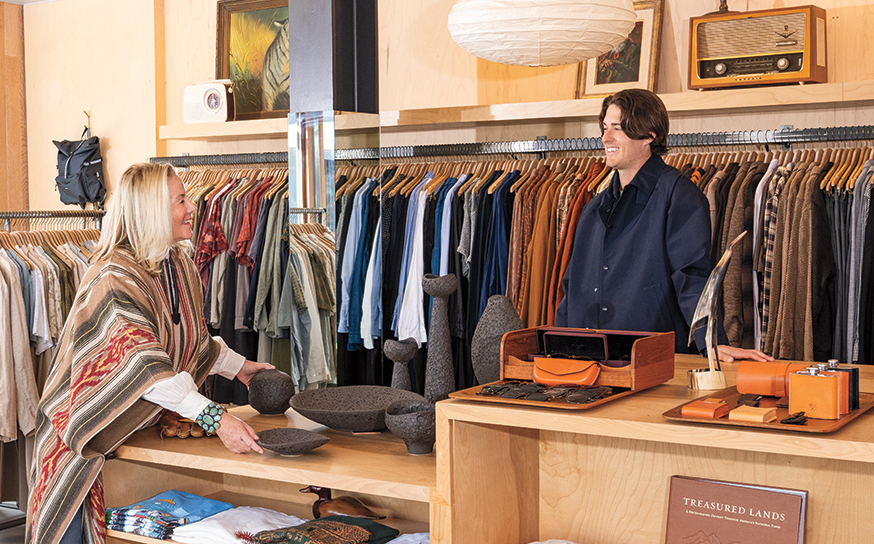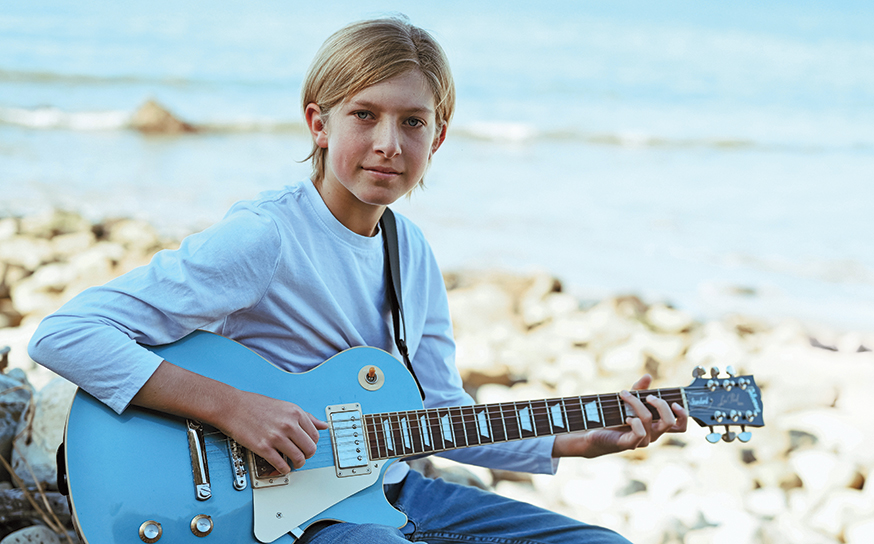Sailing is a lifelong journey—a sport an individual can stay active with their entire life. In competition, sailing doesn’t necessarily favor young athletes, as it requires physical and mental skills that can take years to achieve.
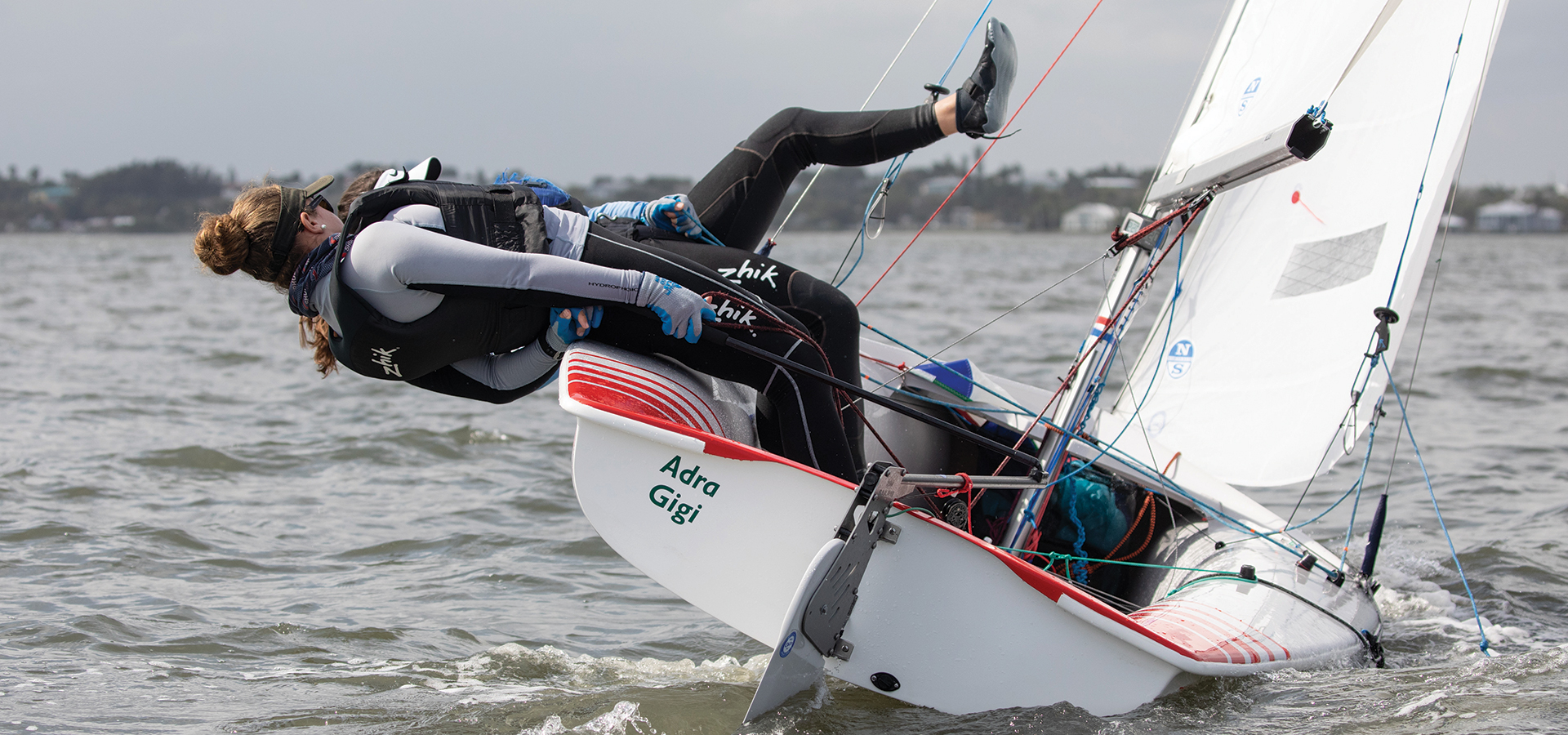
However, the competitive sailing world is catching a glimpse of Hermosa Beach’s young Ivancich sisters, Adra, 18, and Grace, 16. When Grace, also known as Gigi, aged out of the single-handed boats, the siblings partnered up and moved into double-handed boats.
“As sisters, we have a special language and strong connection with one another,” says Adra. With an intuitive knowledge of each other’s habits and gestures, the pair enjoy a special advantage. During the pandemic, sailors were only allowed to be in a boat with another family member. This policy proved beneficial to the sisters, as they got ample time to work as a team.
Adra and Grace grew up on the East Coast, moving west about five years ago when their father’s career relocated the family to Los Angeles. Sailing proved a needed constant in their life, especially as a social outlet.
Adra says it was a fluke that she was introduced to sailing. At age 7, while living on a small island, she was enrolled in a camp that offered both sailing and tennis. Dressed for the snow because she didn’t own any sailing gear, Adra decided to give it a try. Her smile and enthusiasm were enough to gain an invitation to compete on a travel team to Annapolis. Younger sister Gigi soon followed suit.
“As sisters, we have a special language and strong connection with one another.”
The Ivancich sisters sail a Zim 29er: a two-person, high-performance sailing skiff with a pure and simple design. It’s fast, fun and derived from the Olympic 49er class. Both initially wanted to skipper—or steer—the boat, so they made a pact that yearly they would take turns and share the responsibility. In 2021 Adra skippered while Grace crewed, and this year they switched positions.
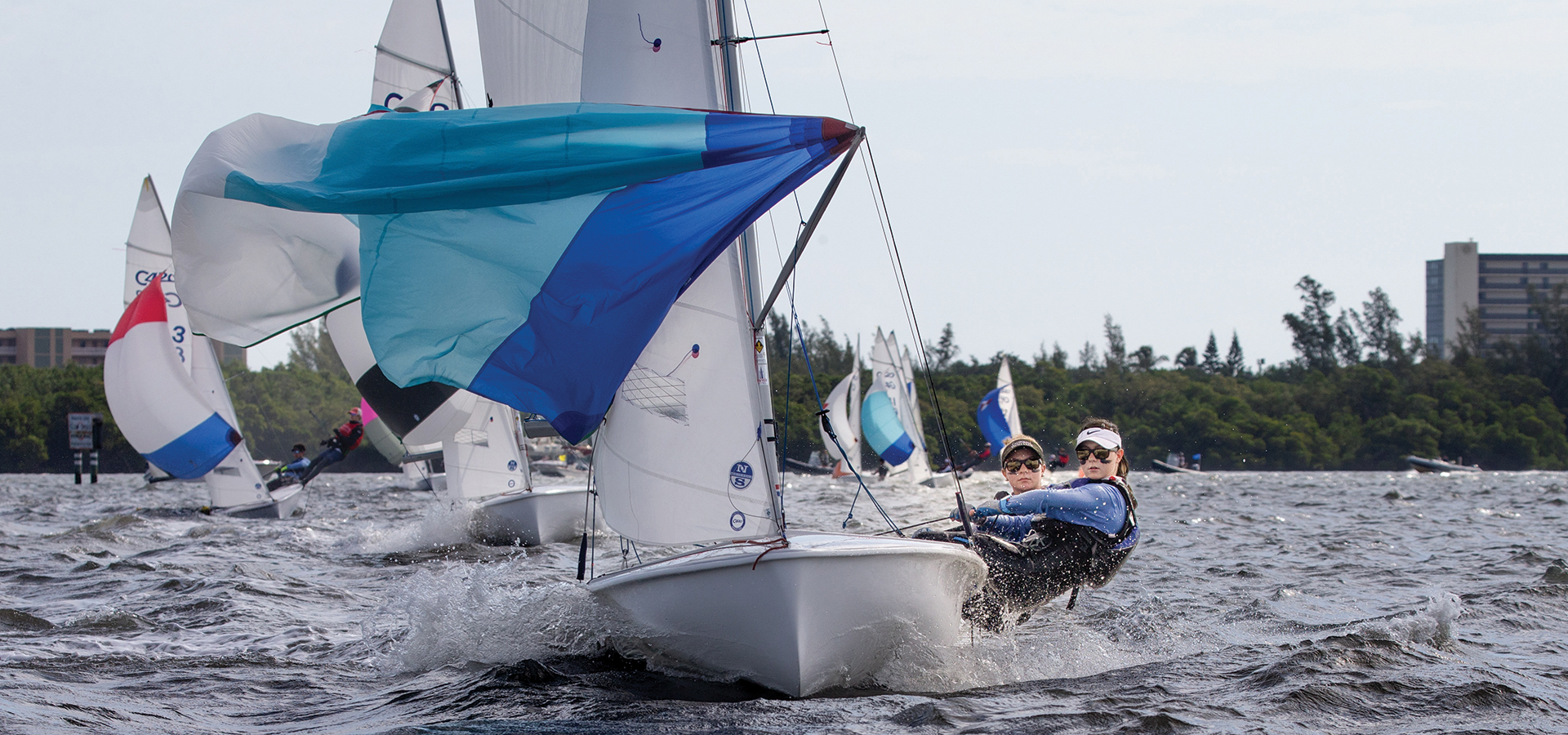
Typically, coaches do not encourage changing roles because it becomes more difficult to master one. Yet Adra and Grace believe it has allowed a higher level of understanding of the other position and has made them more versatile. “It gives us insight into what the other needs and wants, and you are able to offer it to them because you know what they are feeling in that position,” shares Adra.
Both girls sailed for Redondo Union High School at least three times a week, and Adra now sails at the collegiate level as an incoming freshman at the University of Pennsylvania. Races typically last 30 minutes to an hour, with about four races each day. With competitions lasting two to four days, sailors are on the water racing for about six to eight hours a day.
National rankings are defined by a triple crown of regattas hosted by the C420 class. The triple crown consists of three races, but participants are not required to sail in all three events. A coed sport, boys and girls compete against each other in the 12–19 age groups. As of now, the Ivancich sisters are nationally ranked 10th overall and #1 for girls.
Postcollege is a natural time to launch a campaign for an Olympic bid. Sailing is self-funded, and an average campaign costs $1 million, which includes paying coaches, shipping your boat in a container to competitions and covering miscellaneous expenses needed to compete in qualifying events. Many sailors host fundraisers to help with expenses. Though races on the East Coast traditionally generate the most interest for youth competitive sailing, there is buzz on the West Coast as the Summer Olympics prepare to return to Los Angeles in 2028.
Both girls are humble, disciplined and dedicated. Recently after arriving at a competition, they were shocked to see a larger-than-life photo of themselves sailing a Zim 29er plastered on the side of a ZIM van. They have since gotten used to seeing themselves in this scale and know there are even bigger things in store for their future.






